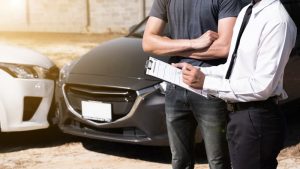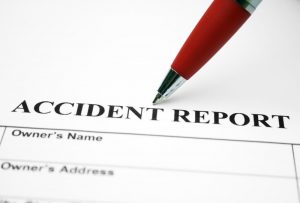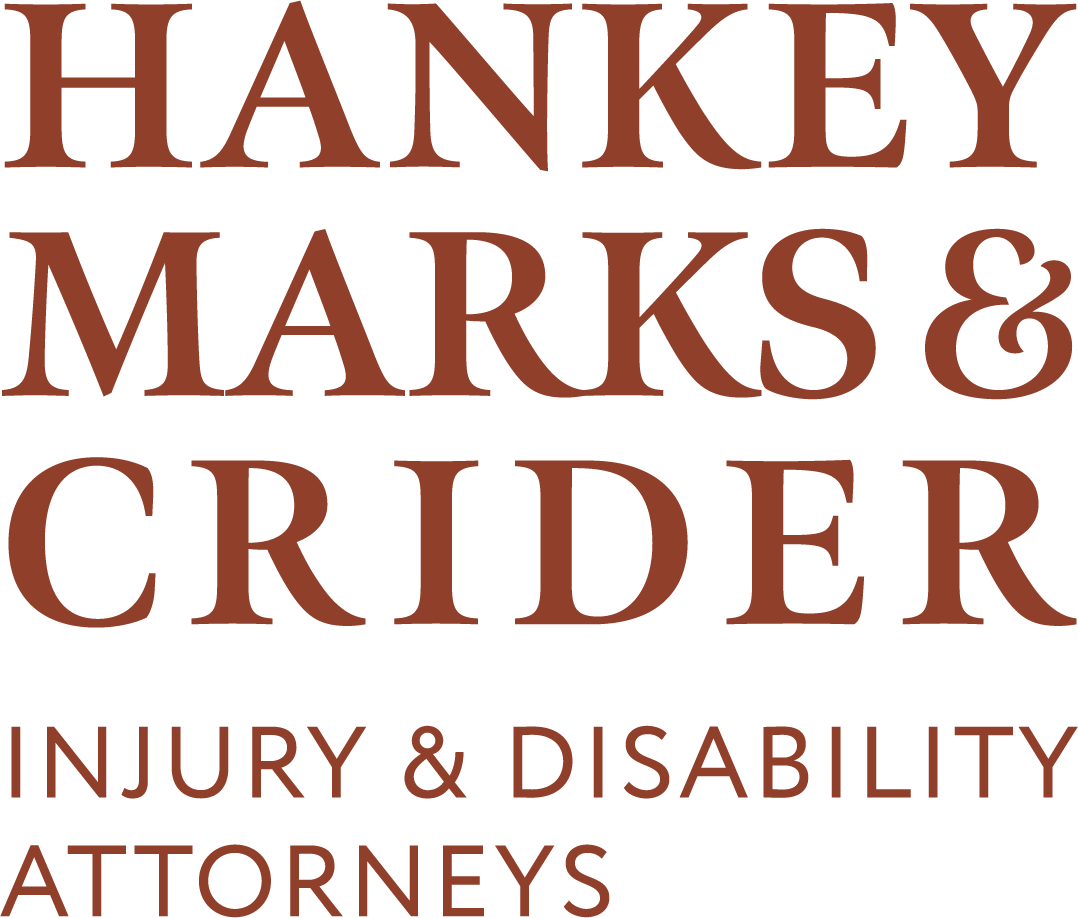Were you injured in a crash in Indiana that wasn’t your fault? Here’s what you should know about the accident report.
 When you are involved in a motor vehicle accident in Indiana, the police will arrive at the scene of the crash so that they can conduct an initial investigation. The information they collect at the scene will be the primary source of information that makes up your official automobile accident report (“Indiana Officer’s Standard Crash Report”). If you suffer an injury in the collision, it’s important to obtain a copy of this report. It will provide substantial documentary evidence that can help make your legal claim as strong as possible.
When you are involved in a motor vehicle accident in Indiana, the police will arrive at the scene of the crash so that they can conduct an initial investigation. The information they collect at the scene will be the primary source of information that makes up your official automobile accident report (“Indiana Officer’s Standard Crash Report”). If you suffer an injury in the collision, it’s important to obtain a copy of this report. It will provide substantial documentary evidence that can help make your legal claim as strong as possible.
You can get a copy of the report from the Indiana State Police for a nominal fee by using the LexisNexis “BuyCrash” system. If you have a difficult time purchasing a copy of the report, our legal team can get a copy for you.
If any of the information in the report is not completely accurate, the liable party’s insurance companies and lawyers can take advantage of these errors to undermine your claim. The experienced Indianapolis car accident attorneys of Hankey Marks & Crider know how to make sure that any errors on your report are corrected so that we can build a powerful case on your behalf. Because many people may find the accident report difficult to understand, here is some information that may help you figure out how to read it.
What You Will Find in an Indiana Accident Report
An Indiana Officer’s Standard Crash Report consists of four pages. Each page contains important details that relate to your crash. This is what you will find in the report, page by page:
Page 1
- All the basics – The top of the first page contains basic information, including the date, time, and location of the crash. It will also tell you how many vehicles were involved.
- Contributing factors – The investigating officer will have checked off one or more of the likely factors that contributed to your crash. This may include substances, such as drugs or alcohol, equipment failure, or excessive speed, for example.
- Weather and road conditions – The investigating officer will indicate whether inclement weather or other unfavorable road conditions may have made the crash more likely.
- Witness information – This is where you will find the names and contact information of anyone who provided witness reports to the officer.
Page 2
- Visual diagram of the accident – The top of page two has a space where the officer will have drawn a visual diagram of how the accident happened. This diagram may even include details that are not found anywhere else in the report.
- Written narrative – The narrative section will contain a verbal description of how the officer believes the collision occurred.
Page 3
This page contains “unit” information. In the language of the report, each vehicle that is involved in the crash is called a “unit.” Each unit has its own page, which will contain the following details:
- Driver information – Name, address, date of birth, driver’s license number, and license type
- Vehicle information – Color, make, model, style, year, license plate number, and license state
- Additional information – Vehicle type and use, driver injuries, pre-crash driver actions, safety equipment used, and commercial vehicle information, if applicable
Page 4
This page is about non-driver injury information. If any passengers, pedestrians, or bicyclists suffered injuries in the accident, that information would appear here. This will include:
- Basic information – Name, address, date of birth, gender, and status of any injuries of the non-driver
- Additional information – Injury location, safety equipment used, position in or on the vehicle, and whether the non-driver was trapped or ejected
Our Legal Team Will Use Your Report to Build an Effective Case

After you have obtained a copy of your car accident report and made sure that all the information contained in it is accurate, our experienced personal injury lawyers will be able to base a larger investigation on it. For instance, we can corroborate the details in the report with witness statements, physical evidence from the scene of the collision, video footage, and any other evidence we might be able to gather. In a case based on such solid evidence, the responsible party’s lawyers and insurance company will have a much harder time disputing your claim.
Based on your accident report and related evidence, the Indianapolis car accident attorneys at Hankey Marks & Crider will be able to fight for full and fair financial recovery for the damages you suffered as a result of your accident. Call us today at (317) 634-8565 for a free consultation about your case.

